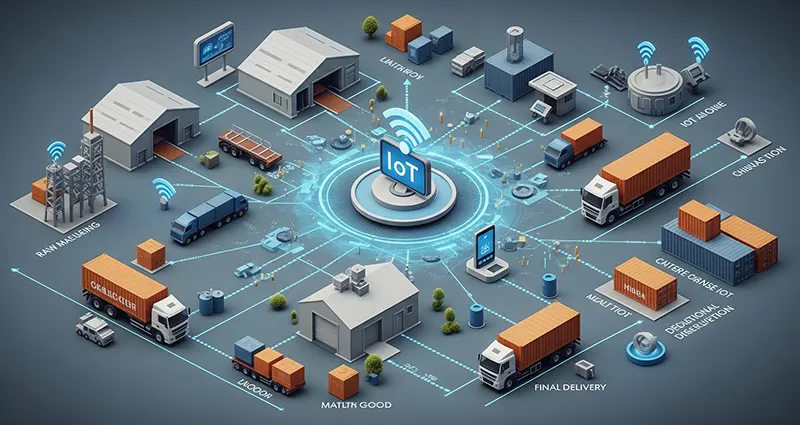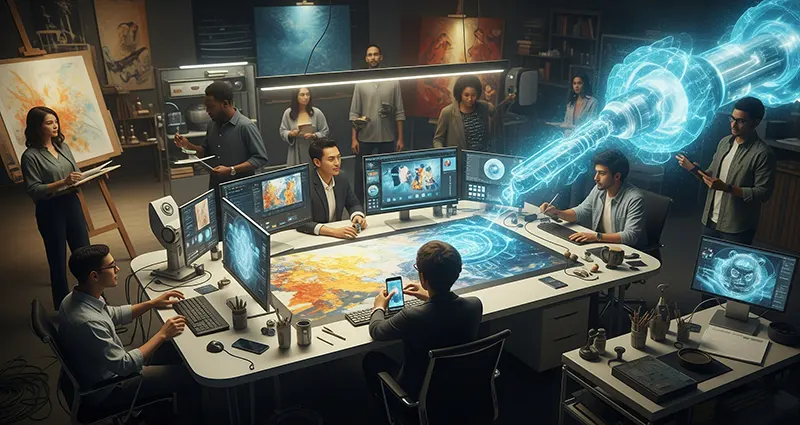Unveiling the Transformative Impact of IoT on Supply Chain Visibility and Optimization: Unlocking Efficiency and Resilience in a Connected World
In the dynamic landscape of modern supply chains, the integration of Internet of Things (IoT) technologies has emerged as a game-changer, revolutionizing the way businesses manage, monitor, and optimize their operations. From enhanced visibility and real-time tracking to predictive analytics and automated decision-making, IoT is reshaping supply chain management practices, driving efficiency, agility, and resilience. This article delves into the profound impact of IoT on supply chain visibility and optimization, illuminating the transformative potential of connected technologies in redefining the future of logistics and operations.
The Paradigm Shift in Supply Chain Visibility:
- Real-Time Monitoring and Tracking: IoT devices such as sensors, RFID tags, and GPS trackers enable real-time monitoring of assets, inventory, and shipments across the entire supply chain network. By capturing and transmitting data on location, condition, and movement of goods, businesses gain unprecedented visibility into their operations, allowing for proactive decision-making and responsive actions.
- Data-driven Insights and Predictive









